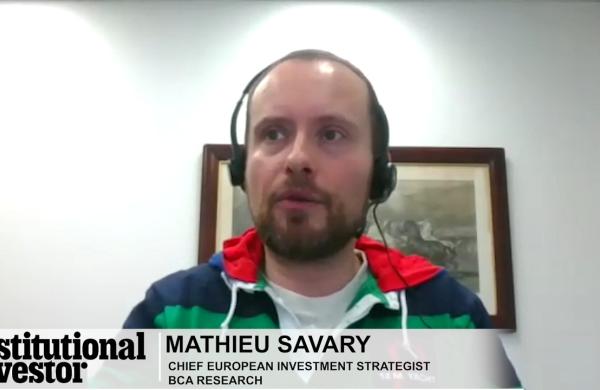Hedge fund managers began the year worried. Greece was on the verge of bankruptcy, and it seemed likely other European countries would follow. The U.S. was continuing to print money, but the economy just wouldn’t budge. Then the flash-crash in May spooked the stock market and pushed many hedge funds into the red.
Is it any wonder why last year’s top earner, John Paulson, had 90% of his assets in gold or the gold shares of his funds? Being a gold bug was no longer for doomsday extremists but for the savviest investors on the planet. It was the hedge fund trade of the year. Because of his firm’s increased size, Paulson made more money than in 2007, when he catapulted to fame with his trade of a lifetime.
As the year wore on, the markets began to respond. Instead of a global recession, reflation fueled returns. Bridgewater Associates’ Ray Dalio says that while the fund made money in every market in which it trades, reflation was the key theme behind all of the gains. It was thus responsible for the 44.8% return of Bridgewater’s flagship Pure Alpha fund, which propelled Dalio to second place on this year’s list.
It’s unusual for both gold and stocks to soar in the same year—and a testament to the topsy-turvy markets of 2010. It was only the third-best year for the 25 richest hedge fund managers, who took home $22.7 billion. Most of the men on our Rich List this year are billionaires. The nature of compounding interest should continue to generate greater wealth for them, barring catastrophic losses.
That said, this year could be even more difficult to maneuver, with a spike in oil prices, revolutions in the Middle East and now a nuclear disaster in Japan. Gold, meanwhile, continues to hit new highs.





